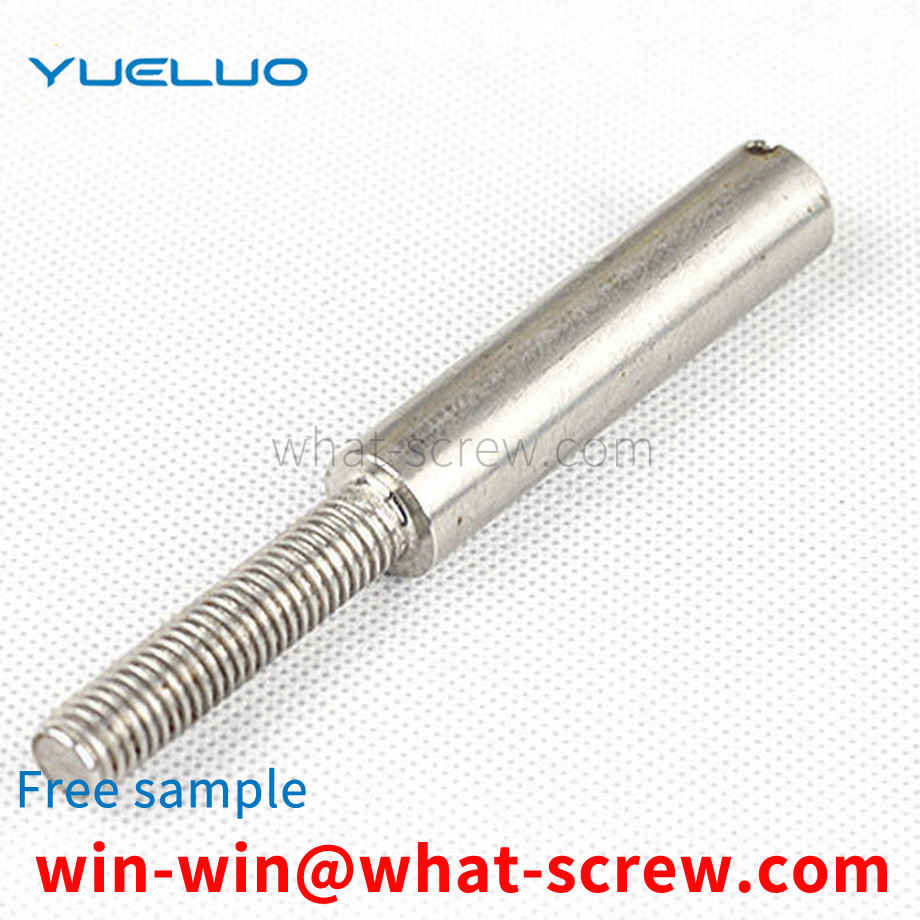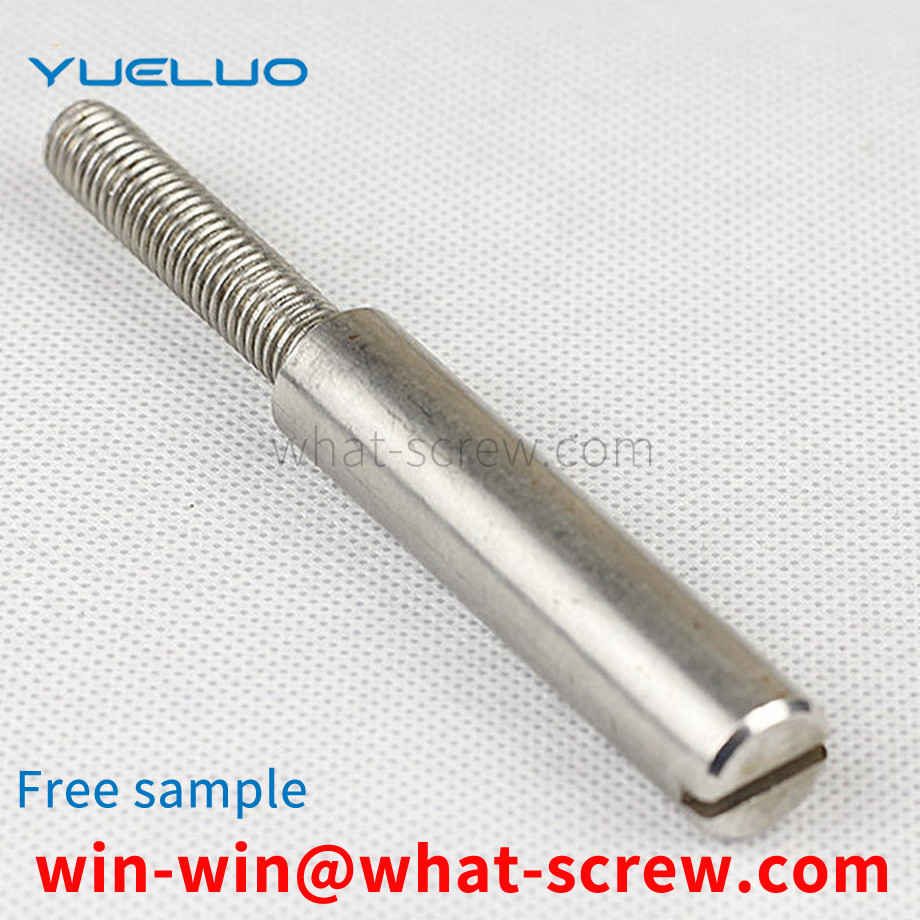GalwayGalwayFlat washers are usually thin pieces of various shapes used to reduce friction, prevent leakage, isolate, prevent loosening, or distribute pressure. Such components are found in many materials and structures to perform a variety of similar functions. Restricted by the material and process of threaded fasteners, the bearing surface of fasteners such as bolts is not large, so in order to reduce the compressive stress of the bearing surface and protect the surface of the connected parts, washers are used. In order to prevent the loosening of the connection pair, anti-loose GalwayGalwayspring washers, multi-tooth GalwayGalwaylock washers, Galwayround nut Galwaystop washers and saddle, wave and conical elastic washers are used.
Earless retaining ring (known as Constant Section Rings abroad) is also called constant section retaining ring, because the cross section is equal, and there is no ear part protruding from the traditional stamping retaining ring, so it is called earless retaining ring. Earless retaining ring and spiral retaining ring have similarities in production, processing and use characteristics. They are both flattened and wound by steel wire. After heat treatment and surface treatment, they have good elasticity and toughness. Earless retaining ring is divided into two types: shaft use and hole use, and there are various forms of tail ends to choose from. The application of earless retaining ring is the same as that of traditional GalwayC-type retaining ring, which is widely used in hydraulic parts assembly, valves, instruments, various lock core components, needle roller bearings, pulleys, connectors, quick connectors and other mechanical assemblies.
The screw refers to the screw (foreign name: Screw), which is a tool that uses the physical and mathematical principles of the oblique circular rotation of the object and the frictional force to gradually fasten the utensils and parts. Screw installation names are divided into: Galwaymachine screws, self-tapping screws, drill-tail screws, wallboard screws, fiberboard screws, Galwaywood screws, hexagonal Galwaywood screws, non-prolapse screws, GalwayGalwayGalwaycombination screws, GalwayGalwayminiature screws, Galwayfurniture screws, electronic screws, chain belt screws .
The GalwayGalwayrivet nut is a kind of nut applied to thin plate or sheet metal. The principle is to press the embossed teeth into the preset holes of the sheet metal. Generally, the diameter of the square preset holes is slightly smaller than the embossed teeth of the pressure riveting nut. The periphery of the hole is plastically deformed, and the deformed object is squeezed into the guide groove, thereby producing a locking effect. The pressure riveting nut is divided into free-cutting steel pressure riveting nut S type, stainless steel pressure riveting nut type CLS, stainless iron pressure riveting nut SP type and copper and aluminum pressure riveting nut CLA type, which should be used in different environments. . Generally speaking, the national standard domestic products without GalwayGalwayrivet nuts from M2 to M12 are PEM specifications, which are usually produced in chassis cabinets and sheet metal industries.
Existing Galwaywood screws are composed of a threaded portion with a tapered angle and arranged along a tapered stem and a screw head. The head of the screw can be a countersunk head, hemispherical, or other shapes, and the head of the screw has a groove that fits with the tool, a word groove, and a concave cross groove. The taper angle of existing Galwaywood screws is either 45 degrees or 60 degrees, and the front end of the taper angle is a pointed point formed by a rotating thread. The existing Galwaywood screws have the following three deficiencies in use. Because the taper angle is 45 degrees or 60 degrees, and the thread angle is 64 degrees, the resistance when entering the material is relatively large, so the existing Galwaywood screws are manually screwed. It is difficult to screw in, especially when it is used for hardwood materials, and it often happens that the groove of the screw head is screwed out; A large lateral moment will be formed when the screw is screwed, which is prone to the problem of deviation from the position; in addition, because the existing screw is tapered, it will be subjected to both radial force and axial force when entering the material, and its stress state It is more complicated, so it is easy to cause the cracked wood material to burst, and even cause the material to have longitudinal cracks and be unusable.
We have many years of experience in the production and sales of screws, nuts, flat washers, etc. The main products are: support frame aircraft type, DIN125 black, horizontal pin shaft pin, 316 locking Galwayanti-skid nut and other products, we can provide you with suitable tightening Firmware Solutions.



















 Service Hotline
Service Hotline




